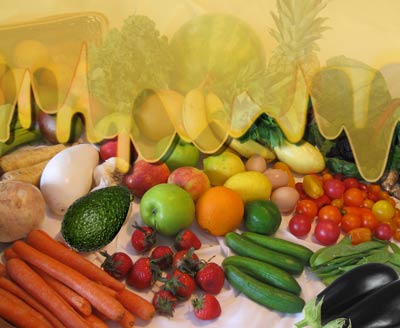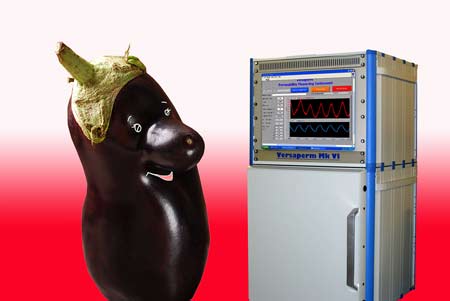


The vapour permeability, oxygen permeability and carbon dioxide permeability of the coatings applied to wide varieties of fruits and vegetables leads to a substantial on the ripening and extending shelf- life, typically doubling the period produce can be left on display.
Normal losses of fresh fruits and vegetables are estimates to be in the range of 25–80 % depending on the type of produce - however the shelf life can often be doubled by the simple application of a suitable wax coating. Many of these coatings are organic and some are vegan. The wax also helps to preserve the quality of the produce, including its taste.
Packaging and coatings also offer powerful protection against microbial spoilage and loss of intrinsic product quality, which, again helps extend shelf-life. Edible coatings applied directly to a food's surface also help by creating a modified atmosphere.
Unfortunately the specific requirements of the wax vary greatly between different fruits and vegetables. The waxes used are increasingly being designed for each type of fruit or vegetables as each variety requires its own individual combination of permeability of the three main vapours involved in decay and respiration – water vapour, oxygen and CO2.
The ideal answer is to create individual "designer" waxes for different fruit and vegetables and this requires measuring and matching the vapour permeabilities of water vapour, CO2 and oxygen for each wax formulation, and then to quality control the waxes as they degrade over time and batch.
Coatings can improve not just the produce's shelf life but also product appearance, texture, nutritive value, colour, crispness, flavour and juiciness etc. As well as fruits and vegetables coatings are now sometimes also to applied to meat products, chocolates, various nuts, wafers, French fries, chicken, fish, and corn chips to name but a few.
Historical note
Waxing fruit is a practice that dates back at least as far back as the 12th century when the Chinese started using wax on fruits to create fermentation. It could be argued that today's preserving properties of wax go back considerably further than this as the ancient Egyptians started using it to preserve mummies over three and a half thousand years ago, at the start of the New Kingdom.
In fact the English word mummy is actually derived from wax - via the medieval Latin word mumia, the medieval Arabic word mūmiya and still earlier from a Persian word mūm - which meant wax!
However it was not until 1922 that a waxing process was introduced for wide spread use on fruits and vegetables.
 Wax coatings offer an ideal technique for minimally processed biodegradable foods and a surprisingly wide range of fruit and vegetables now make use of them to improve product shelf-life, taste and quality. The full list is a long one but includes:
Wax coatings offer an ideal technique for minimally processed biodegradable foods and a surprisingly wide range of fruit and vegetables now make use of them to improve product shelf-life, taste and quality. The full list is a long one but includes:
For Information on fruit waxing (Wikepedia) here
For information on wax coatings of fruit and vegetables here
For an article on food and packaging testing click here
For a technical paper on "Effect of surface coatings on the shelf life and quality of kinnow fruits during storage" click here
For an article on designer coatings for fizzy drinks packaging click here
For a press release on wax coatings click here